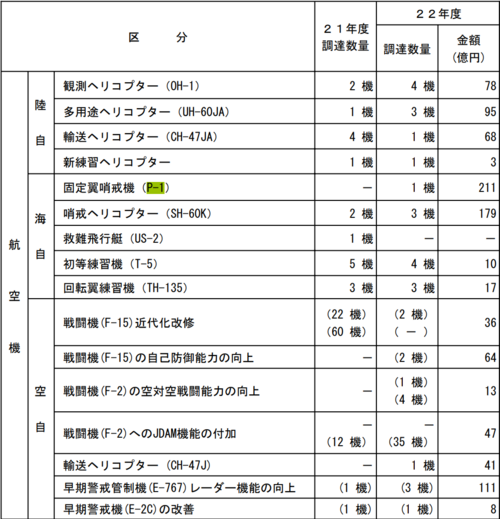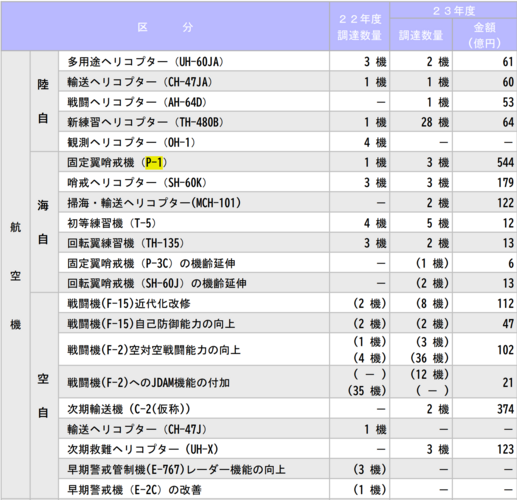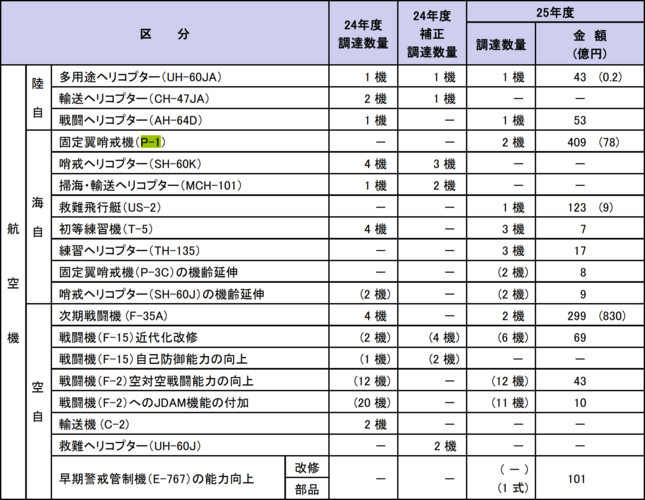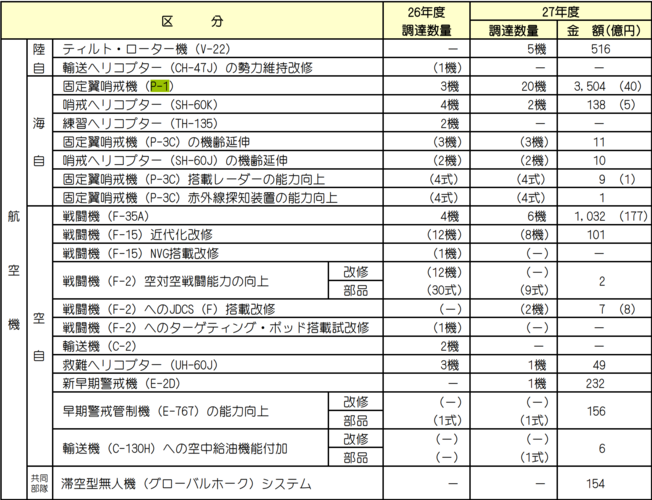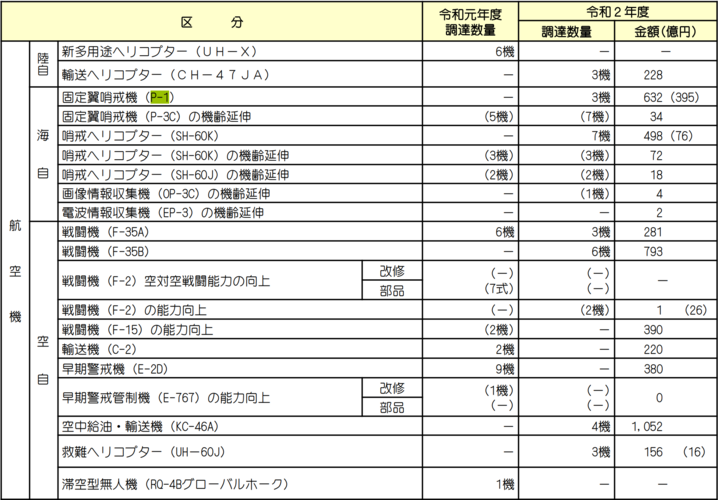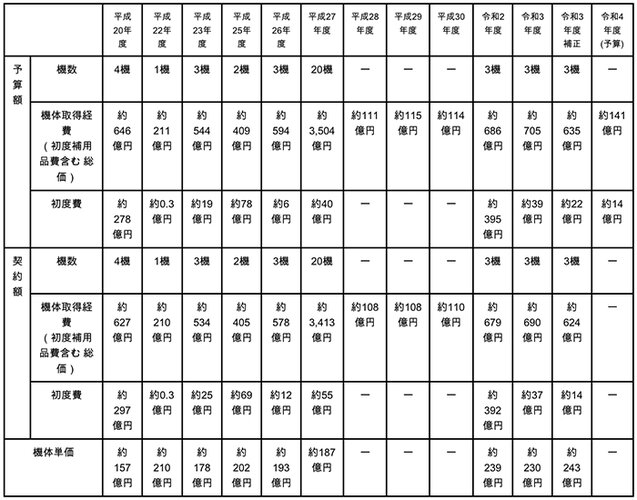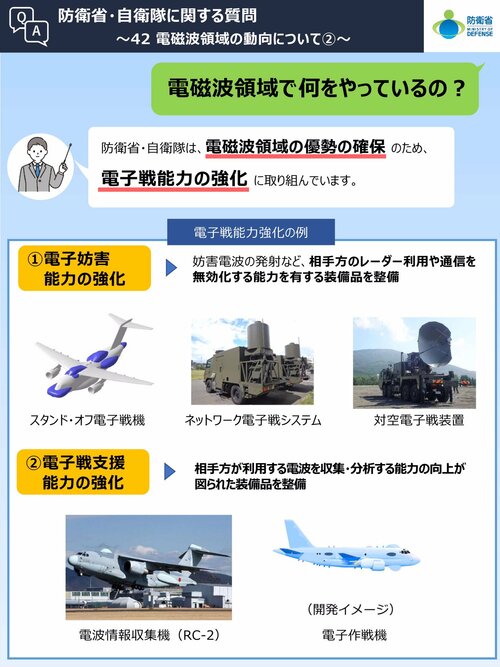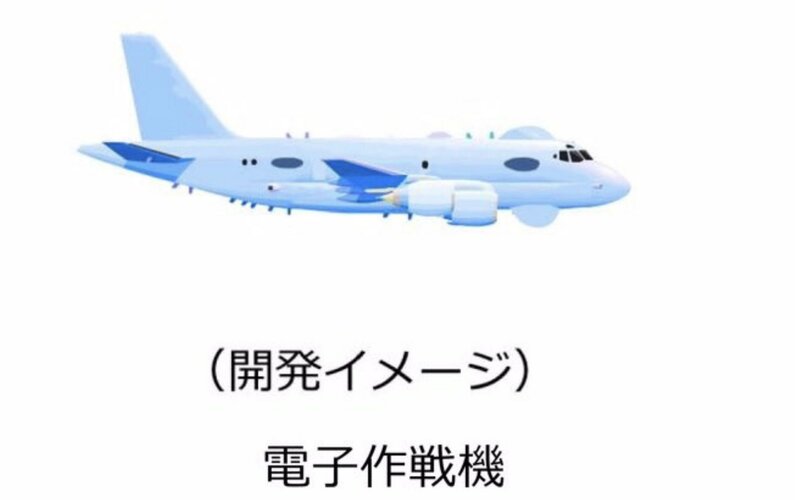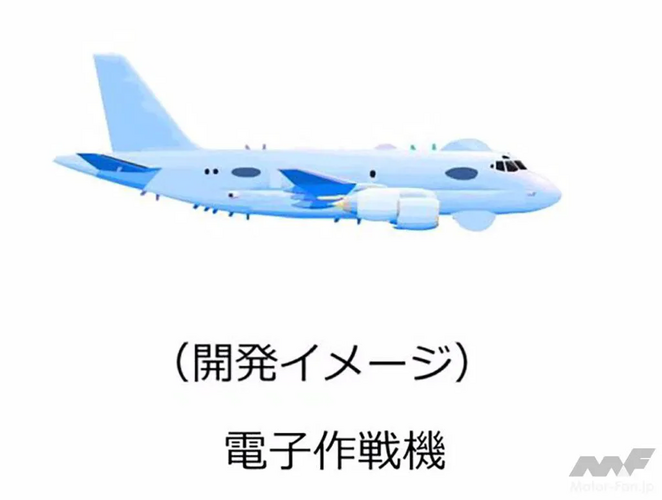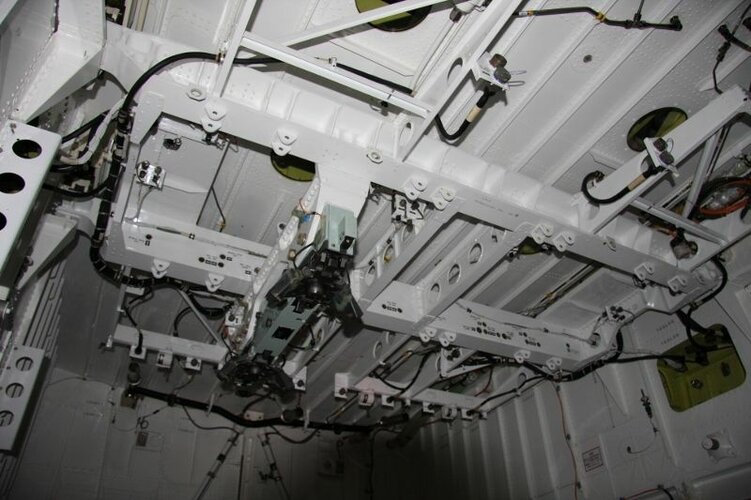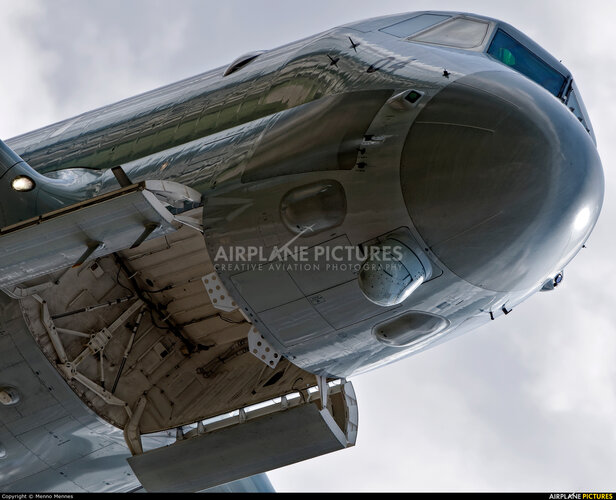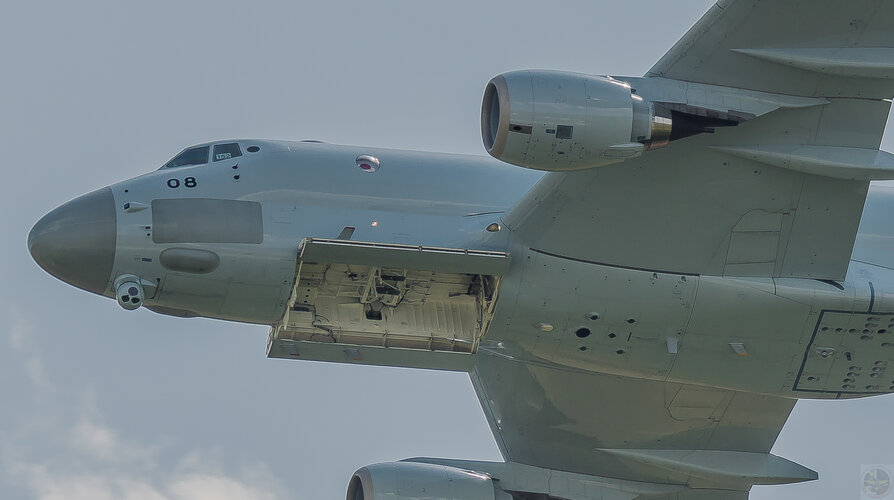- Joined
- 29 September 2006
- Messages
- 1,787
- Reaction score
- 1,354
P-1 was touted to the UK, but lost to the P-8.is there any export potential for the P-1? or does the P-8s existence puts it to nil?
Hard to see who’s left in the game, P-8 seems to have picked all the low-hanging fruit. Taiwan and SK have P-3s, but would likely go for the P-8, as likely would Canada - though I could see 4 engines being attractive for them, given the size of the country and their wide maritime area.



